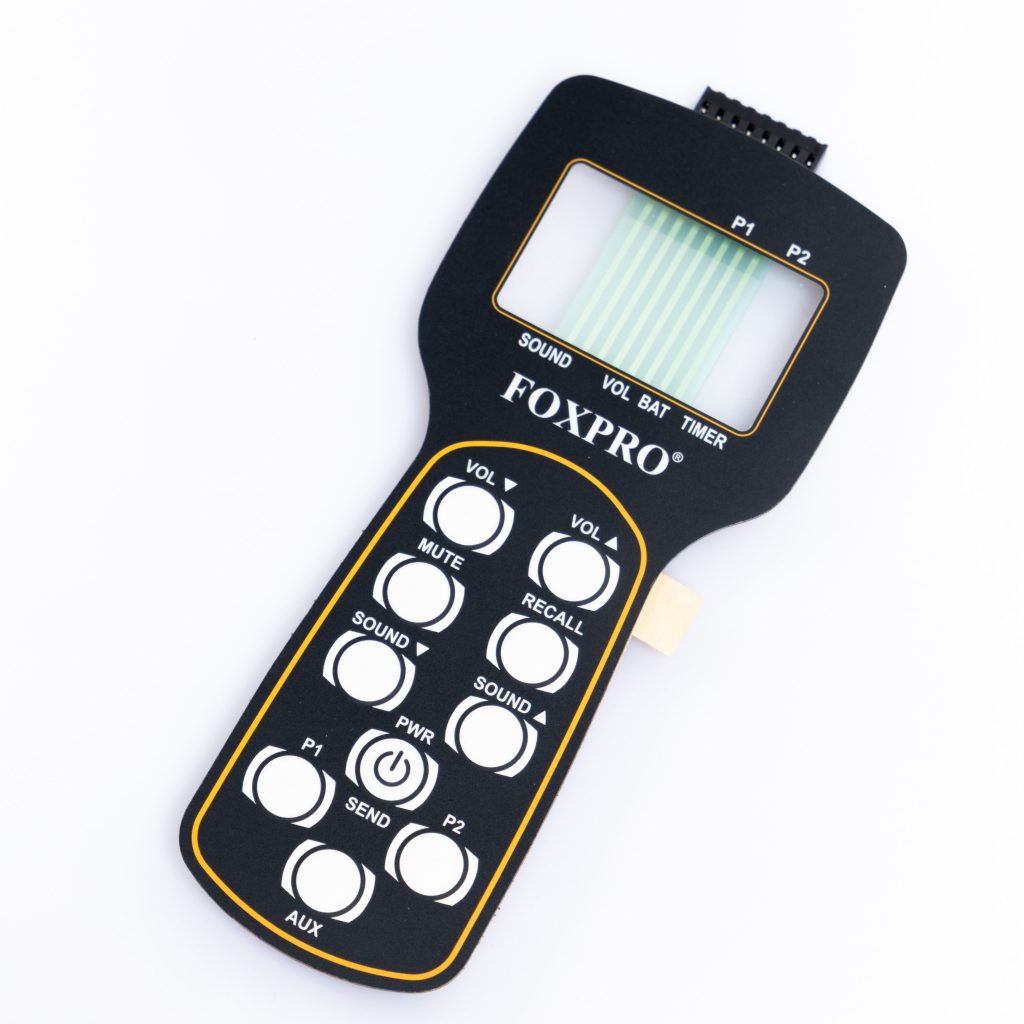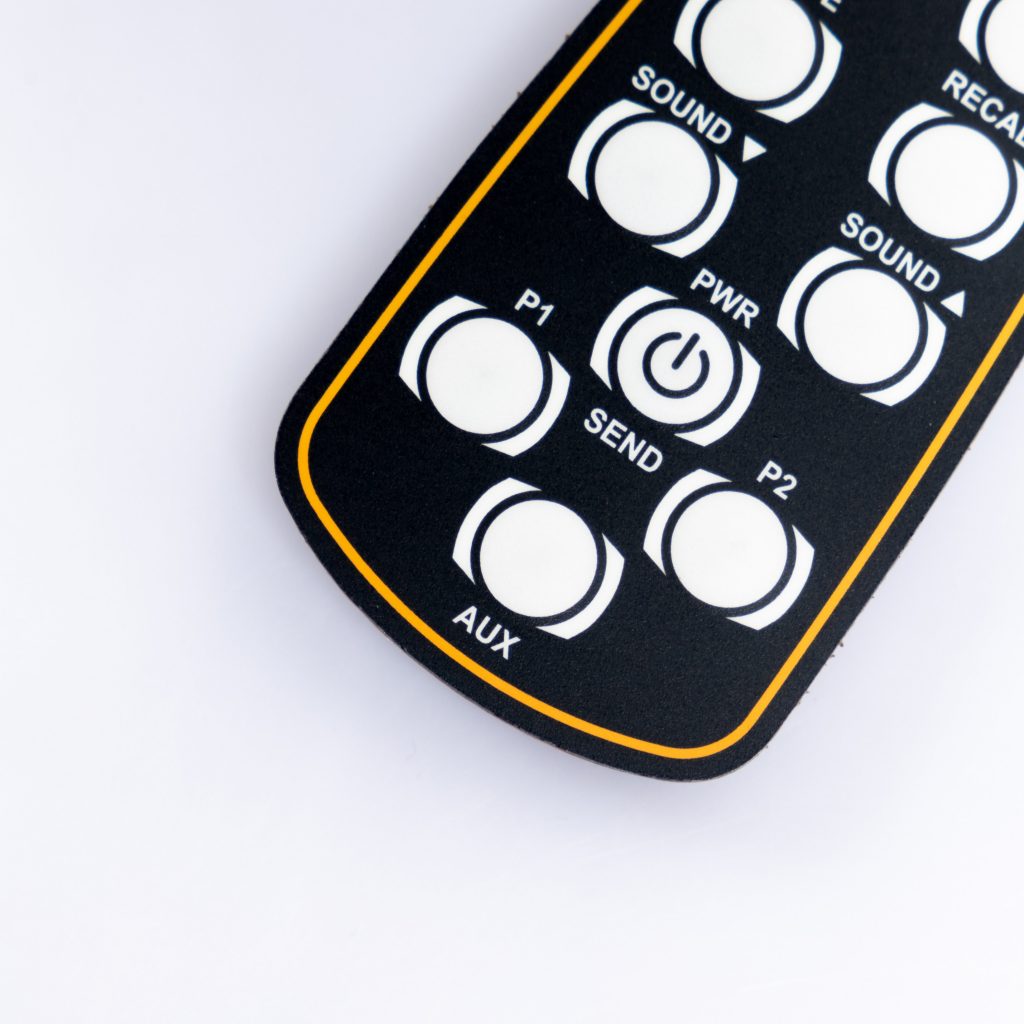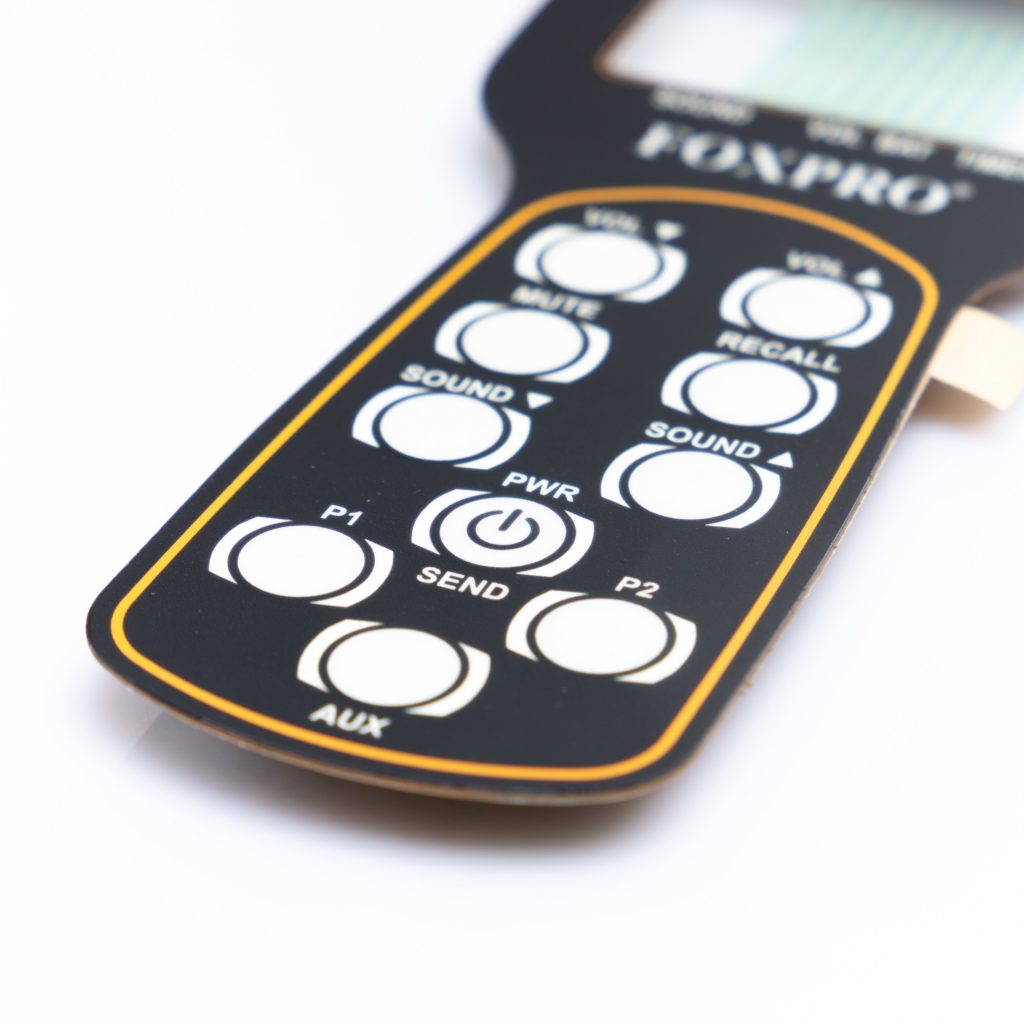Contact
Write to Us And We Would Be Happy to Advise You.
Do you have any questions, or would you like to speak directly with a representative?
By hqt
In the realm of user interfaces, the choice between a tactile switch and a membrane switch can significantly impact the functionality, user experience, and durability of a device. Both types of switches have their unique advantages and are suited for different applications. In this article, we’ll dive into the key differences between tactile switches and membrane switches, examining their structure, performance, and ideal use cases, so you can make an informed decision for your next project.



A tactile switch is a type of switch that provides a physical sensation, or “tactile feedback,” when pressed. This feedback is usually in the form of a slight bump or click, which lets the user know that the switch has been activated. Tactile switches are typically composed of a hard plastic or metal button that, when pressed, closes an electrical circuit, registering the input.
These switches use mechanical components like springs or metal domes to create the tactile feedback. They are often found in keyboards, control panels, and other devices where precise input is required.
Capacitive tactile switches use changes in electrical capacitance to detect when a switch has been pressed. These switches are often used in applications where a lighter touch is preferred, such as touchpads and certain types of control panels.
Tactile switches are widely used in applications where the user needs clear feedback to confirm that an action has been registered. This includes industrial controls, consumer electronics, automotive dashboards, and medical devices.
A membrane switch is a low-profile, flexible switch that operates by completing a circuit when the user presses a key. These switches consist of several layers, including a printed circuit layer, a spacer, and a graphic overlay. Unlike tactile switches, membrane switches typically do not provide a pronounced physical feedback when pressed, although some designs incorporate features like metal domes to simulate a tactile feel.
Flat membrane switches are the most basic type, characterized by a smooth surface with printed graphics to indicate where the user should press. These switches are cost-effective and often used in devices where tactile feedback is not critical.
Tactile membrane switches include a dome or other mechanism beneath the key that provides a subtle tactile response. This design aims to combine the low-profile benefits of membrane switches with the tactile feedback typically associated with mechanical switches.
Membrane switches are used in a variety of applications, including medical devices, household appliances, remote controls, and industrial machinery. Their slim design and customizable graphic overlays make them ideal for applications where space is limited or where a sealed interface is required.
If your application requires precise user input with clear feedback, a tactile switch is the better choice. This is especially true in environments where the user needs to confirm that an action has been taken, such as in industrial control panels or specialized medical equipment. The durability and reliability of tactile switches also make them ideal for devices that will be used frequently or in demanding conditions.
Membrane switches are the go-to option for applications where space is limited, cost is a concern, or environmental resistance is critical. They are perfect for devices like household appliances, remote controls, and medical devices where a sealed interface and a sleek design are important. Additionally, the ability to easily customize membrane switches with different graphics and overlays makes them a versatile choice for many industries.
Both tactile switches and membrane switches offer unique advantages, and the best choice depends on the specific requirements of your application. Tactile switches provide superior feedback and durability, making them ideal for precision input devices. On the other hand, membrane switches offer greater design flexibility, environmental resistance, and cost-effectiveness, making them suitable for a wide range of applications.
Understanding the key differences between these two types of switches will help you make an informed decision that aligns with your project’s needs.
Tactile switches provide clear physical feedback and are more durable, while membrane switches offer a low-profile design, greater environmental resistance, and cost-effectiveness.
Tactile switches are generally more durable due to their mechanical construction and are often rated for millions of actuations.
Yes, membrane switches are naturally more resistant to moisture, dust, and other environmental factors, making them suitable for harsh environments.
Typically, yes. Tactile switches are generally more expensive due to the complexity of their mechanical components.
Membrane switches offer greater design flexibility, allowing for a wide range of customization options including graphics, colors, shapes, and additional features like backlighting.
Do you have any questions, or would you like to speak directly with a representative?